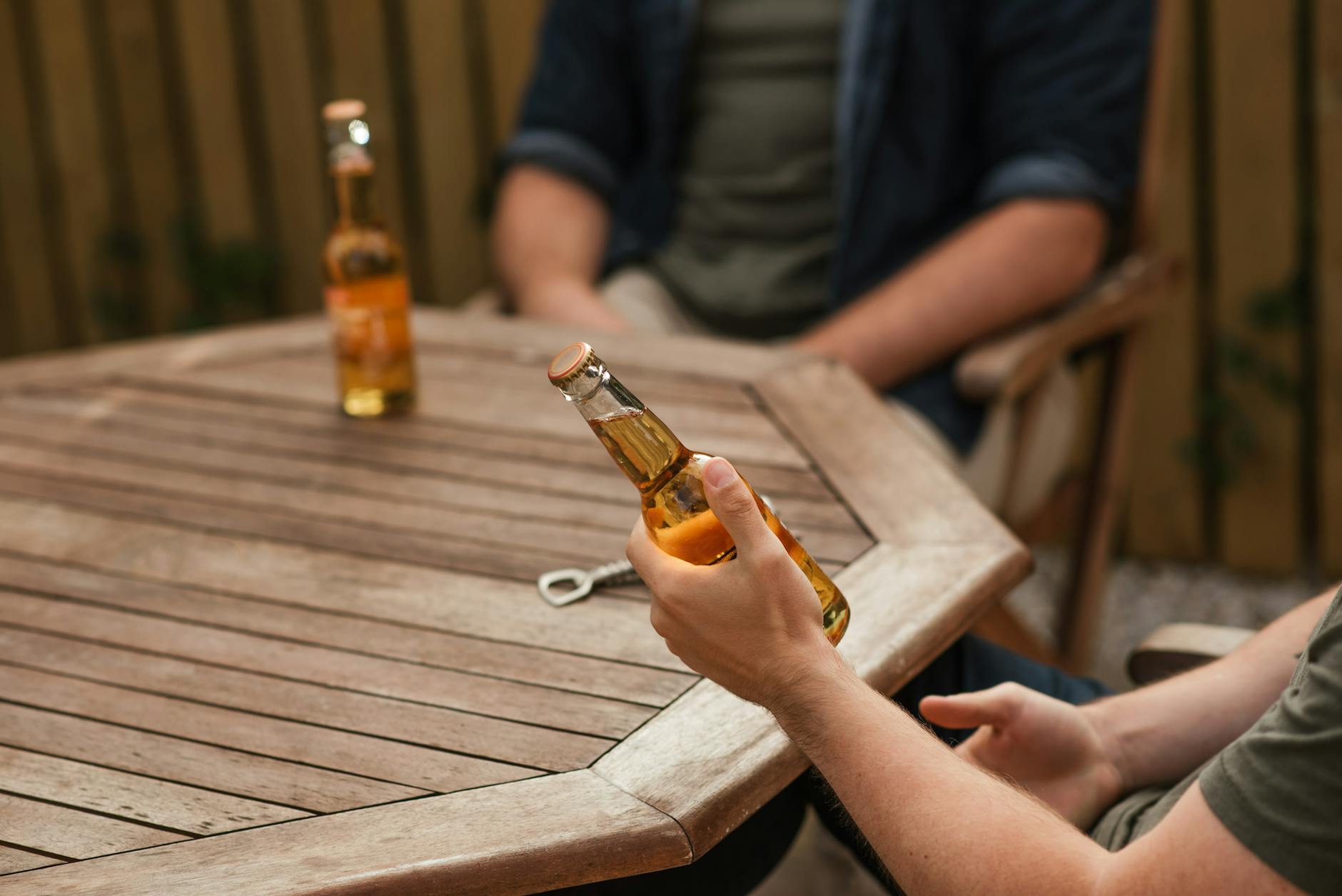Unraveling the science behind why some people get drunk faster than others – the surprising factors you never knew.
Table of Contents
Have you ever wondered how many beers it takes to get drunk? It’s a question that has likely crossed the minds of many individuals who enjoy a drink or two. The truth is, the answer isn’t as straightforward as you might think. Alcohol metabolism is a complex process influenced by various factors, from your body weight to your genetics. In this blog post, we’ll delve deep into the science behind alcohol intoxication and explore the factors that can affect how quickly you feel the effects of those few beers.
The Science Behind Alcohol Metabolism
When you consume alcohol, it enters your bloodstream and is eventually metabolized by the liver. The enzymes alcohol dehydrogenase and acetaldehyde dehydrogenase play key roles in breaking down alcohol into acetaldehyde and eventually into acetate, which is then further metabolized into carbon dioxide and water. This metabolic process is what leads to the intoxicating effects of alcohol as it affects the central nervous system.
One important concept to understand when it comes to alcohol metabolism is blood alcohol concentration (BAC). BAC is a measure of the amount of alcohol in your bloodstream and correlates with your level of intoxication. The higher your BAC, the more impaired you are likely to feel. Factors such as the amount of alcohol consumed, the rate at which you drink, and the presence of food in your stomach can all influence your BAC and how quickly you become drunk.
Individual Tolerance Levels and Factors Influencing Intoxication
There is no one-size-fits-all answer to how many beers it takes to get drunk because individual tolerance levels can vary widely. Factors such as weight, gender, age, and overall health can all play a role in how quickly someone becomes intoxicated. Generally, individuals with higher body weight can handle more alcohol than those with lower body weight, as alcohol is distributed throughout the body based on fat and muscle content.
Genetics also play a significant role in alcohol metabolism. Some individuals may have genetic variations that result in higher levels of enzymes like alcohol dehydrogenase, allowing them to metabolize alcohol more quickly. On the other hand, individuals with genetic variations that result in lower enzyme levels may feel the effects of alcohol more strongly and quickly.
It’s important to recognize your own tolerance level and drink accordingly. Pacing yourself, staying hydrated, and eating before drinking can all help mitigate the effects of alcohol. Knowing when to stop and being mindful of your own limits is crucial to staying safe while consuming alcohol.
Tips for Safer Drinking and Responsible Alcohol Consumption
When it comes to drinking alcohol, moderation is key. The Centers for Disease Control and Prevention defines moderate drinking as up to one drink per day for women and up to two drinks per day for men. It’s also important to be aware of the standard drink sizes, as different types of alcohol contain varying amounts of pure alcohol.
Staying hydrated and alternating alcoholic drinks with water can help prevent dehydration and lessen the effects of alcohol. Eating a meal before drinking can also slow down the absorption of alcohol into your bloodstream and help you feel less intoxicated. It’s crucial to avoid dangerous drinking behaviors like binge drinking, which can lead to serious health consequences.
Remember that everyone’s body is different, and what might get one person drunk could have a minimal effect on another. It’s essential to know your own limits, watch out for friends who may be at risk of alcohol poisoning, and always drink responsibly.
Conclusion
Understanding how alcohol metabolism works and the factors that influence intoxication can help you make informed decisions about your alcohol consumption. While the question of how many beers it takes to get drunk may not have a definitive answer, being aware of your own tolerance level and practicing responsible drinking habits can help you enjoy alcohol safely. So next time you’re thinking about cracking open a cold one, remember to drink in moderation, know your limits, and prioritize your health and well-being.
FAQ
How does body weight affect alcohol metabolism?
Body weight plays a role in alcohol metabolism as alcohol is distributed based on fat and muscle content. Generally, individuals with higher body weight can handle more alcohol than those with lower body weight.
Can genetics influence how quickly someone gets drunk?
Yes, genetics can impact alcohol metabolism. Genetic variations can result in higher or lower levels of enzymes like alcohol dehydrogenase, affecting how quickly someone processes alcohol.
What are some tips for safer drinking?
Moderation is key. Stay hydrated, alternate alcoholic drinks with water, eat before drinking, and avoid binge drinking. Knowing your limits, watching out for friends, and always drinking responsibly are crucial.
How can I enjoy alcohol safely?
Enjoy alcohol safely by knowing your tolerance level, pacing yourself, and prioritizing your health. Remember to drink in moderation, be mindful of standard drink sizes, and make informed decisions about your alcohol consumption.


Leave a Reply